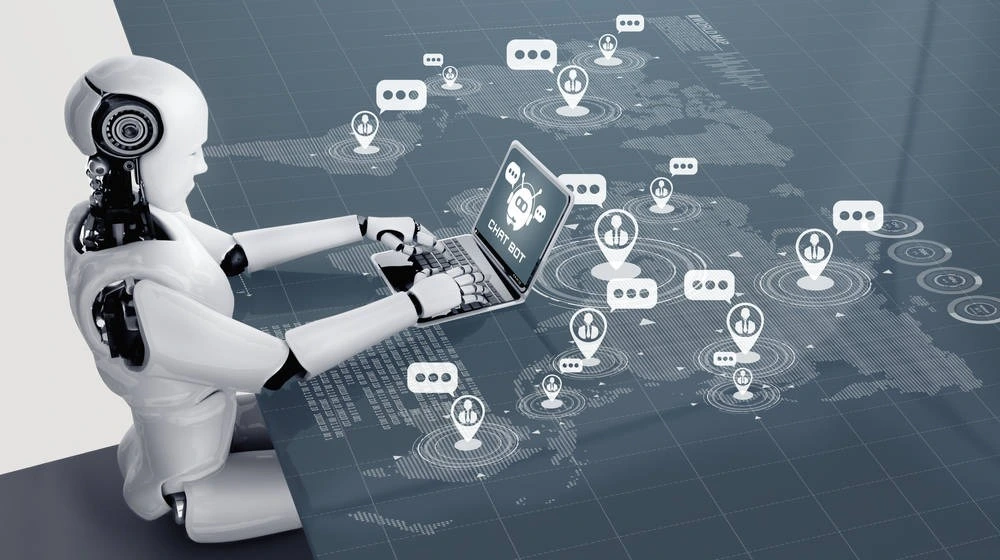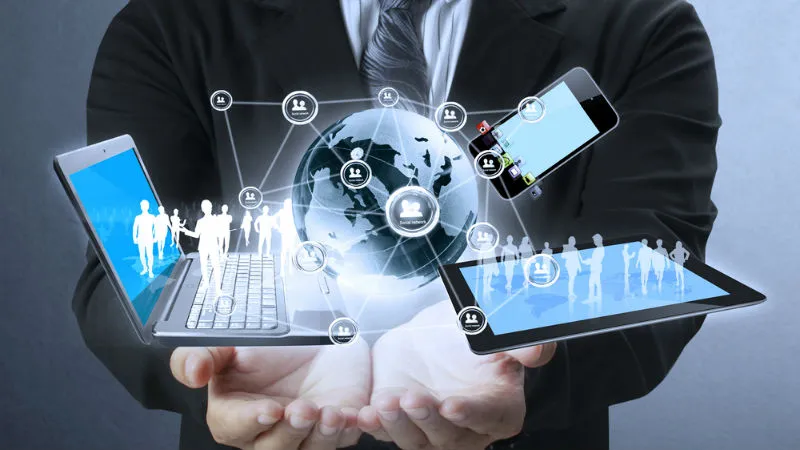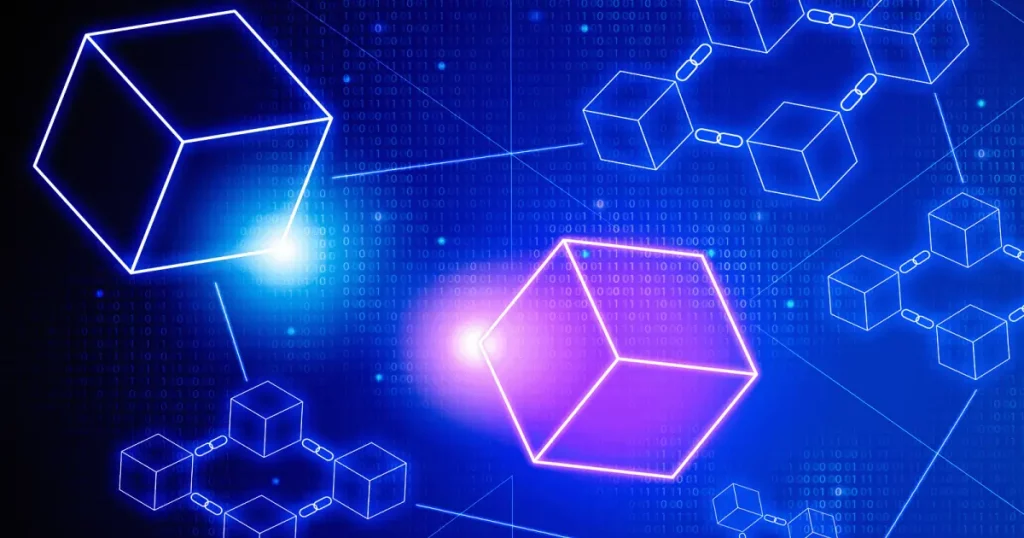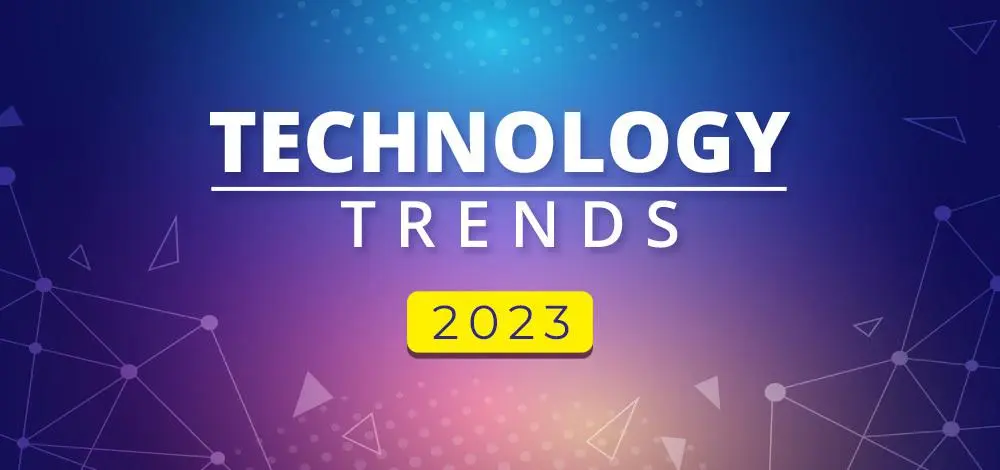In today’s fast-paced digital world, technology trends evolve at an astonishing rate. As we step into 2023, we are witnessing a wave of innovation that promises to reshape industries, redefine experiences, and transform the way we live and work. In this comprehensive blog, we will explore the top 15 new technology trends for 2023, delving into each trend in detail to provide you with a deep understanding of what’s on the horizon.
Table of Contents
1. Computing Power: The Quantum Leap
2023 marks a pivotal year in the world of computing. Quantum computing, once the stuff of science fiction, is now a reality. Quantum computers leverage the principles of quantum mechanics to process information at speeds that were once inconceivable. These machines can tackle complex problems in fields such as cryptography, drug discovery, and climate modeling. The implications for scientific advancement and problem-solving are profound.
2. Smarter Devices: AI-Infused Everything
As we move further into the digital age, everyday devices are becoming smarter and more intuitive. This transformation is largely powered by Artificial Intelligence (AI) and Machine Learning. From smartphones that understand and respond to your voice to smart home appliances that anticipate your needs, AI is at the heart of this revolution. Expect even greater integration of AI in devices in 2023, making your life more convenient and efficient.
3. Datafication: The Era of Data-Driven Decision-Making
Datafication is the process of converting everything into data, and it’s driving a fundamental shift in how businesses operate. In 2023, data analytics will reach new heights, allowing organizations to turn vast amounts of data into actionable insights. This trend is poised to optimize supply chains, enhance customer experiences, and enable predictive maintenance in industries ranging from healthcare to manufacturing.


4. Artificial Intelligence (AI) and Machine Learning: The Brains Behind It All
AI and Machine Learning are the cornerstones of many of the technological innovations we see today. In 2023, their impact will be even more pronounced. AI-driven systems will power autonomous vehicles, improve healthcare diagnoses, and personalize content and recommendations across various industries. Machine Learning algorithms will continue to evolve, making our interactions with technology more natural and seamless.
5. Extended Reality: Bridging the Physical and Digital Worlds
Extended Reality (XR), which encompasses Virtual Reality (VR) and Augmented Reality (AR), is set to become an integral part of our daily lives in 2023. XR technologies will revolutionize education, training, entertainment, and even remote work. Expect immersive experiences that blur the lines between the physical and digital realms, creating new possibilities for communication and interaction.
6. Digital Trust: Ensuring Security and Privacy
With increasing reliance on digital transactions and interactions, digital trust has never been more critical. In 2023, we will see advancements in cybersecurity and data protection. Blockchain, a decentralized and secure technology, will play a vital role in ensuring the integrity of transactions and data. Advanced encryption and authentication methods will enhance security in an increasingly connected world.


7. 3D Printing: Shaping the Future of Manufacturing
While 3D printing is not a new concept, it continues to evolve rapidly. In 2023, we can anticipate significant advancements in this technology. 3D printing will be used in healthcare to create patient-specific implants and prosthetics. In aerospace and automotive industries, it will enable the production of lightweight, complex structures, reducing costs and improving efficiency.
8. Genomics: Unlocking the Code of Life
Genomics is making remarkable strides in 2023. It allows us to decode the human genome with unprecedented precision, enabling personalized medicine and treatments tailored to an individual’s genetic makeup. Genomic data will also play a crucial role in disease prevention and early detection.
9. New Energy Solutions: A Sustainable Future
The quest for sustainable energy solutions will continue in 2023. Innovations in solar technology, energy storage, and grid management are on the rise. With a growing emphasis on reducing carbon emissions, these advancements will contribute to a greener and more sustainable future.


10. Blockchain Beyond Cryptocurrency: Secure and Transparent Transactions
Blockchain technology, initially known for powering cryptocurrencies like Bitcoin, is expanding its reach. In 2023, it will find applications beyond finance, including supply chain management, voting systems, and intellectual property protection. Its decentralized and tamper-resistant nature makes it a game-changer in ensuring transparency and trust.
11. Internet of Things (IoT): Connecting Our World
The Internet of Things (IoT) continues to expand its reach in 2023. Smart cities, homes, and industries are becoming more interconnected. This trend will improve efficiency, reduce energy consumption, and enhance convenience in our daily lives.
12. 5G: Supercharged Connectivity
5G networks are rolling out globally, promising faster and more reliable connectivity. This technology forms the backbone of the IoT, enabling real-time data transmission and supporting innovations in communication, entertainment, and healthcare.


13. Cybersecurity: Protecting Our Digital Lives
Cybersecurity, while not a novel technology, is a dynamic field that continually evolves to counter the ever-changing threat landscape. This evolution is driven by several factors:
- Persistent Threats: The unyielding determination of malevolent hackers to illicitly access data ensures that cybersecurity remains in a state of perpetual innovation. These hackers constantly seek new ways to breach even the most robust security measures.
- Incorporation of Advanced Technology: The integration of cutting-edge technology plays a pivotal role in enhancing cybersecurity. New tools and techniques are continuously adopted to bolster security measures.
As long as cyber threats persist, cybersecurity will remain a prominent and evolving technology, perpetually adapting to thwart malicious actors.
The pressing demand for cybersecurity professionals is evidenced by the sector’s job growth rate, which is three times faster than many other tech fields. According to Gartner, organizations will increasingly prioritize cybersecurity risk assessment in their dealings, with an estimated 60% doing so by 2025.
Despite the inherent challenges, the cybersecurity field offers lucrative career opportunities, with roles ranging from Ethical Hacker and Malware Analyst to Security Engineer and Chief Security Officer.”
14. Digital Twin
Digital twins represent virtual replicas of real-world objects, processes, or systems. These digital counterparts use data from sensors and employ artificial intelligence to simulate and optimize their real-world counterparts. Industries like manufacturing, healthcare, and logistics are increasingly using digital twins to reduce downtime, increase productivity, and improve overall efficiency. This technology promises to transform various sectors by providing real-time insights and predictive capabilities.
15. Space Technology
Space technology, a pioneering field, empowers endeavors such as space exploration, space tourism, space mining, and the crucial task of space debris removal. Leading private enterprises, including SpaceX, Blue Origin, and Virgin Galactic, are harnessing space technology to venture into uncharted territories, paving the way for fresh prospects.
In summary, the realm of space technology has left an indelible mark on our comprehension of the cosmos and our day-to-day existence. Its unwavering influence persists, propelling both scientific and technological progress.
Conclusion
In 2023, technology will continue to reshape our world. From quantum computing to AI-driven devices, data-driven decisions to Extended Reality, these trends promise innovation across industries.
Digital trust and robust cybersecurity are crucial as we navigate this connected landscape. Genomics and sustainable energy solutions offer hope for a better future.
Blockchain’s reach extends beyond cryptocurrency, and IoT, fueled by 5G, enhances efficiency. The ever-evolving field of cybersecurity remains essential, with job opportunities on the rise.
Digital twins and space technology exemplify our relentless pursuit of progress. In 2023, adaptability to these trends is key for individuals and businesses in our dynamic tech-driven world.
FAQ
1. What exactly is quantum computing, and what are its operational principles?
Quantum computing leverages the principles of quantum mechanics to perform calculations at incredible speeds by harnessing the power of quantum bits or qubits.
2. How is AI enhancing the capabilities of everyday devices
AI uses algorithms and machine learning to make devices more intuitive, capable of learning from user behavior and adapting to user preferences.
3. What are some real-world applications of blockchain beyond cryptocurrency?
Blockchain is being used for supply chain management, secure voting systems, and ensuring the authenticity of digital assets and intellectual property.
4. How will 5G impact our daily lives beyond faster internet on our smartphones?
5G will enable real-time communication between IoT devices, making smart cities and autonomous vehicles more efficient and safer. It will also support advancements in telemedicine and remote work.




